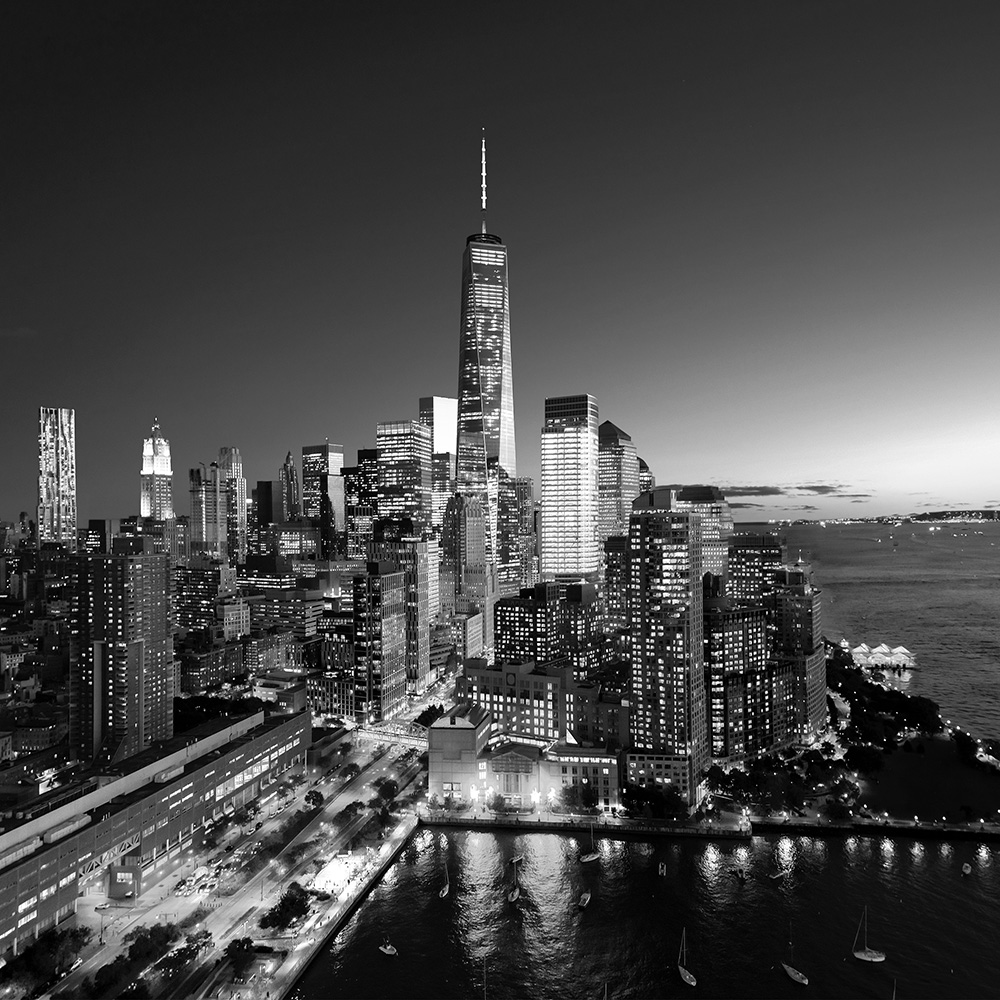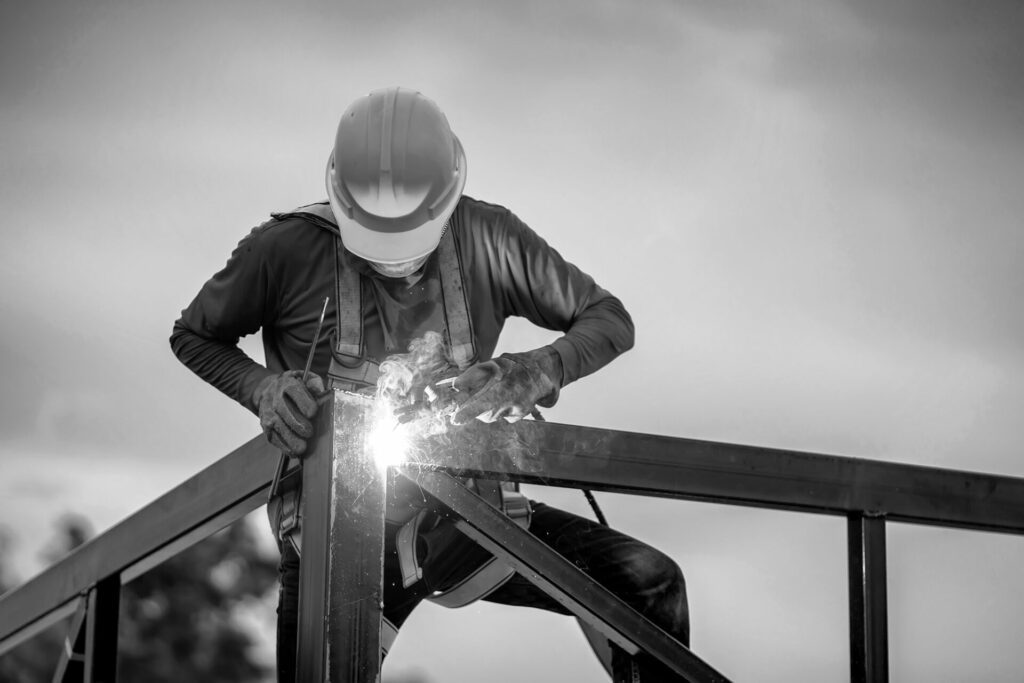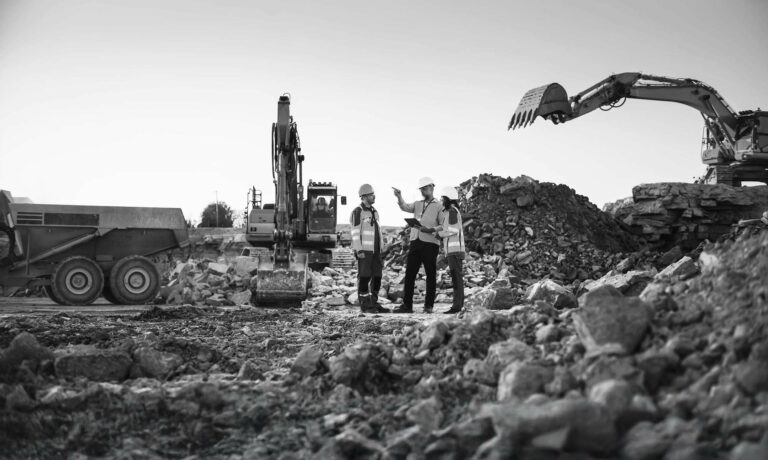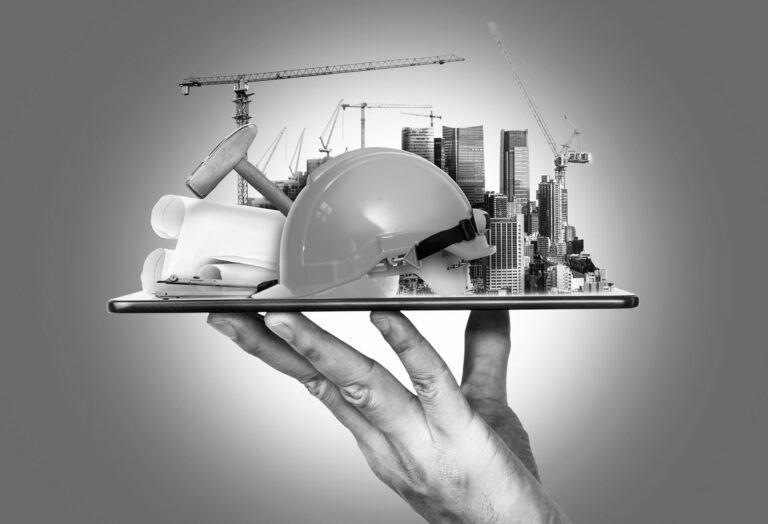New York City has long been at the forefront of the green movement. From the demands placed upon businesses to retrofit buildings, to a more sustainable footing, right through to the Green New Deal which has revolutionized the way we think about sustainability, the city is pushing forward in earnest. It is therefore unsurprising that NYC is once again leading the pack in terms of green construction. Alternative energy, cooler buildings and energy neutral designs are all high on the agenda when it comes to the built environment. Buildings have long been acknowledged as the highest emitters of carbon in densely populated areas. As such, New York City has placed strict regulations on the decarbonization and modernization of its buildings. Gas connections to new buildings has been banned and caps have been placed on existing buildings. By 2027, all buildings will need to be fully electric. If successful, the results will be incredible. It is estimated that by 2050 New York City will have decreased its carbon emissions by 80%.
That is the good news. As with anything, there are two sides, however. The unfortunate truth is that there are serious challenges to the success of these goals and not just in New York City. Across America, states and businesses alike are attempting to meet climate goals. The main issue they face is one that has almost become synonymous with the construction industry and that is the lack of skilled workers capable of doing the work required.
Take electricians for example; according to Rewiring America, an electrification nonprofit, the nation needs a million new electricians just to meet the demands of rewiring in anticipation of the energy transition. According to Ari Matusiak, CEO of Rewiring America, the situation needs to change. “The pipeline for new electricians has been too narrow for too long. The scale that is needed to meet the moment when it comes to our climate goals—but also to deliver savings to households and to reinvest in our communities—is massive. And that requires people who know how to do that work.”

Enter BlocPower, a Brooklyn-based climate technology company rapidly greening American cities. Since its founding in 2014, the company has completed energy projects in over 1,200 buildings. The company has, in recent times, been working with New York City to remedy the debilitating shortage of workers in order to meet current targets. According to Donnel Baird, CEO of BlocPower, the company is helping because the need is undeniably there. “America has a shortage of skilled construction workers of any kind.” To combat this, the company has set up the Civilian Climate Corps, a program designed to bring new faces into the construction world and ease the challenges being faced in the industry. The goals of the program are multifaceted and, according to the company, are hugely beneficial to the new recruits. “They can earn competitive wages throughout the program, including during training sessions prior to onsite work. [In addition to this] they will receive valuable, transferable technical training that prepares them for a career in the rapidly growing field of green construction and they will connect to employers who want to hire employees with the skills the training program helps to develop.” Since 2021 the program has trained over 1,700 workers and received $37 million in funding from the mayor’s office.
“Working with BlocPower, we are creating an upstream solution to several downstream problems, including gun violence, unemployment, and environmental injustice.”
While this is always music to the ear, the company is attempting to go even further. Alongside assisting the construction industry, BlocPower is also trying to help with another challenging aspect of life in New York City. “We are going into the lowest-income communities, where folks are at risk of gun violence—personally, their families, their communities—we’re training them on the latest, greatest software to install green infrastructure in urban environments, in rural environments,” Baird said in 2021. “That’s going to solve not only crime rates in low-income communities in New York City,” he added. “It’s going to solve the business problem of the shortage of skilled construction workers across America.” The program recruits trainees from low-income areas identified as having high rates of gun violence. It consists of a one month training course entered around workplace etiquette and business communication classes followed by an additional two months of technical training, which includes low-voltage electrical work, heating, ventilation, and air conditioner (HVAC) installation and workplace safety training. Most members then move on to on-site apprenticeships. The program is open to residents of the five neighborhoods with the highest rates of gun violence: East New York, Flatbush and East Flatbush, Far Rockaway, Harlem and Melrose. In its first year, 30% of participants found full time employment and 62% have passed Occupational Safety and Health Administration training.

Given the dual mandate that this program has, both of vital importance to New York City, it is unsurprising that ate last year, Mayor Eric Adams announced a further infusion of investment in the program. Announcing that an additional $54 million is being allocated to the program in order to train an additional 3000 workers, Mayor Adams said, “If we want less crime on our streets, we must make sure people are employed and they see the opportunities of the future. Green jobs are going to bring green dollars into communities and really put people on a pathway of success.” Speaking further, Mayor Adams acknowledged that these issues are both proving to be hugely challenging for New Yorkers. He did additionally offer hope that the partnership can make positive changes across a number of fields. “It is not easy to turn your life around, or to fight the climate crisis, but our Precision Employment Initiative allows New Yorkers to do both. That is why we are investing $54 million into expanding the program, serving up to 3,000 New Yorkers. Working with BlocPower,
we are creating an upstream solution to several downstream problems, including gun violence, unemployment, and environmental injustice.”
In recent times, the idea of a Climate Corps has been a contentious one. President Biden had included it in his bid for office while early in his Presidency he states that a program was needed that could “mobilize the next generation of conservation and resilience workers.” However, funding for such programs were eventually dropped from the final version of the Inflation Reduction Act. However, there is still belief that this model can be reintroduced at some point. For those at BlocPower, New York City is looking like a viable blueprint that can be rolled out across the nation. Other cities such as Ithaca and Menlo Park have announced partnerships with BlocPower in order to decarbonize their locality. While the program is still in its infancy, it seems to have massive potential, both in New York City and further afield. According to Baird, BlocPower is now actively working on duplicating this program in other cities to help them address the labor shortages in their communities while preparing the local workforce for green economy jobs. “There’s a lot of excitement. We do think it is a model for different cities across the country,” he said.


















